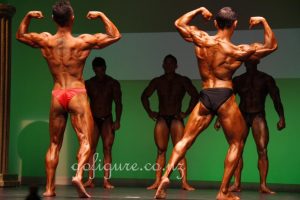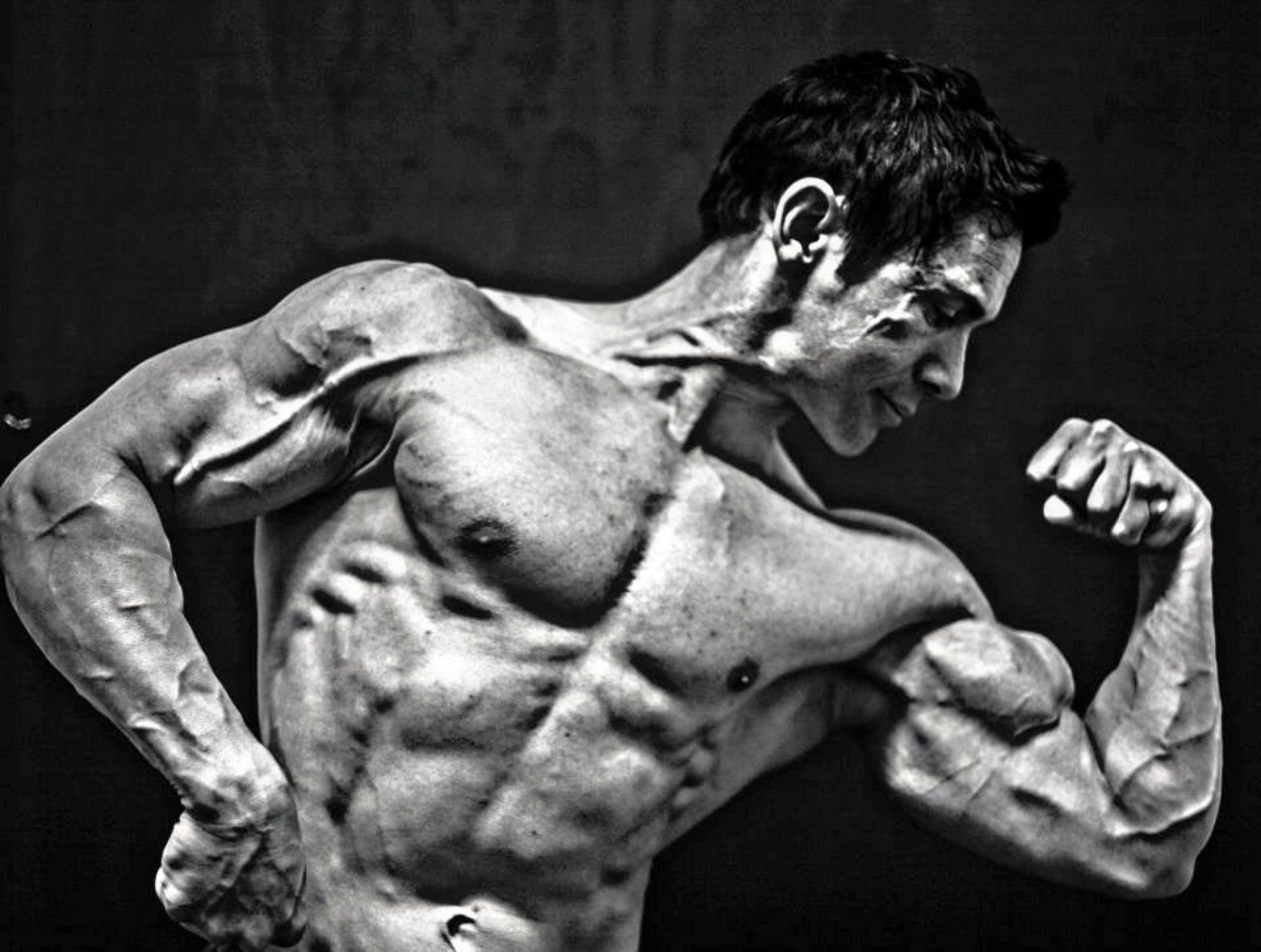
Calves are one muscle group where genetics plays a large part in your ability to build them. If you have small joints and your gastrocnemius and soleus are small and high up on your lower leg (short muscle bellies) there is a good chance you will never have huge calves. However, you can always improve on what you have (Believe that and you are half way there!). Here are a few ideas you can employ to start them growing!
Choose exercises that load (and that you feel) the muscle as much as possible.
The most productive exercises I found for me are:
- Reverse hack raise (perform standing calf raise in a hack squat machine facing the pads)
- Leg press calf raise
- Leg press kicks (like a leg press calf raise with a knee bend at the start to get heavier weights up but then you have a controlled descent like a leg press calf raise).
- Donkey calf raise.
- DB Calf raise
- Standing Barbell Calf raise (Use a freestanding calf block inside a power rack and let the barbell track on the inside of the back 2 pillars.)
Utilise different rep ranges/ and rep speeds
Charles Poliquin, a leading athlete and strength trainer suggests using different time parameters for the gastrocnemius 20-40 sec and soleus 40sec+. He bases this on the different proportion of fast to slow twitch fibres in each muscle group. (There are proportionately more fast twitch fibres in the gastrocs than the soleus). For me this equates to (6-12 reps per set) and (10-20 reps per set) depending on the other intensity techniques and rep speed I am using.
Changing the rep range and speed on a regular basis is beneficial to keep the body guessing so adaptation can continue to occur.
Make sets more intense by using x reps, static holds, supersets, tri sets, rest pause.
For instance, on leg press calf raises my first set is 6-10 reps with 6-10 x-reps. 10-20 seconds later I perform my second set with straight reps. (10-20sec), the third set is either a static hold for 20-30sec with 20-30% more weight or as many reps as possible with original weight and a static hold to finish (usually in the stretch position). Sometimes I don’t want use rest pause training so I will use the same techniques but instead of a rest I will perform a superset or tri-set with other exercises with no rest in between.
Use one leg at a time.
For a change it is good to perform unilateral training to:
- Even out any strength differences between the two lower legs.
- Allow you to have a better mind muscle connection.
- Provide different stress to the muscles so they have a reason to adapt.
Pause in the bottom position.
I always use this on leg press calf raises as it prevents me from cheating and lets me focus completely on the gastrocnemius. I usually hold the bottom position for 2-5 seconds or as long as it takes me to inhale and exhale before performing the concentric movement.
Train calves twice a week.
I perform 2 workouts, one with a gastrocnemius focus; the other on the soleus. If I train less than that my calves appear to get smaller!
Use partial reps in your training
For most people I would suggest performing a full range of movement. However, I have found that full range reps aggravate my ankle joints even when I use a light weight and a slow rep cadence (this could be due to: sprains and strains from rugby, high muscle bellies and very small ankle joints). I usually feel the muscle better when I perform partial reps for most of my calf exercises.
Use sprints
Sprint training activates the calves extremely well and is more of a compound exercise, as the bigger leg muscles are involved. You can increase intensity by using a sled, climbing a set of stairs or a hill, or wearing a weighted vest. Just be careful to warm up properly as this activity is not as controlled as performing weights.
Train in bare feet
I find training calves in bare feet allows me to feel the calf muscles a lot better in a number of exercises. I like to grip with my toes on the edge of the leg press platform or calf raise block for a stronger calf contraction. (Just be careful you don’t drop anything on your feet!)
Train your tibialis anterior.
To have full development of the lower leg you will need to train your tibialis anterior (muscle on the front of the lower leg); this is especially important if you have trouble building mass in the lower leg. You can perform dorsiflexion by performing shin pulls, where you sit in front of a low cable with straight legs, use a strap attachment around your feet (starting with toes pointed towards the cable machine) then pull your toes back using only your tibialis anterior (the main muscle causing dorsiflexion).
Stretch calves thoroughly after training.
There are so many benefits of stretching that it has to be an integral part of your calf workout. Once you have pumped the calves up through resistance training, stretch them thoroughly to help muscle growth and recovery.
If you have had trouble getting your calves to grow in the past, give these ideas a try, I think you will be pleasantly surprised with the results!
